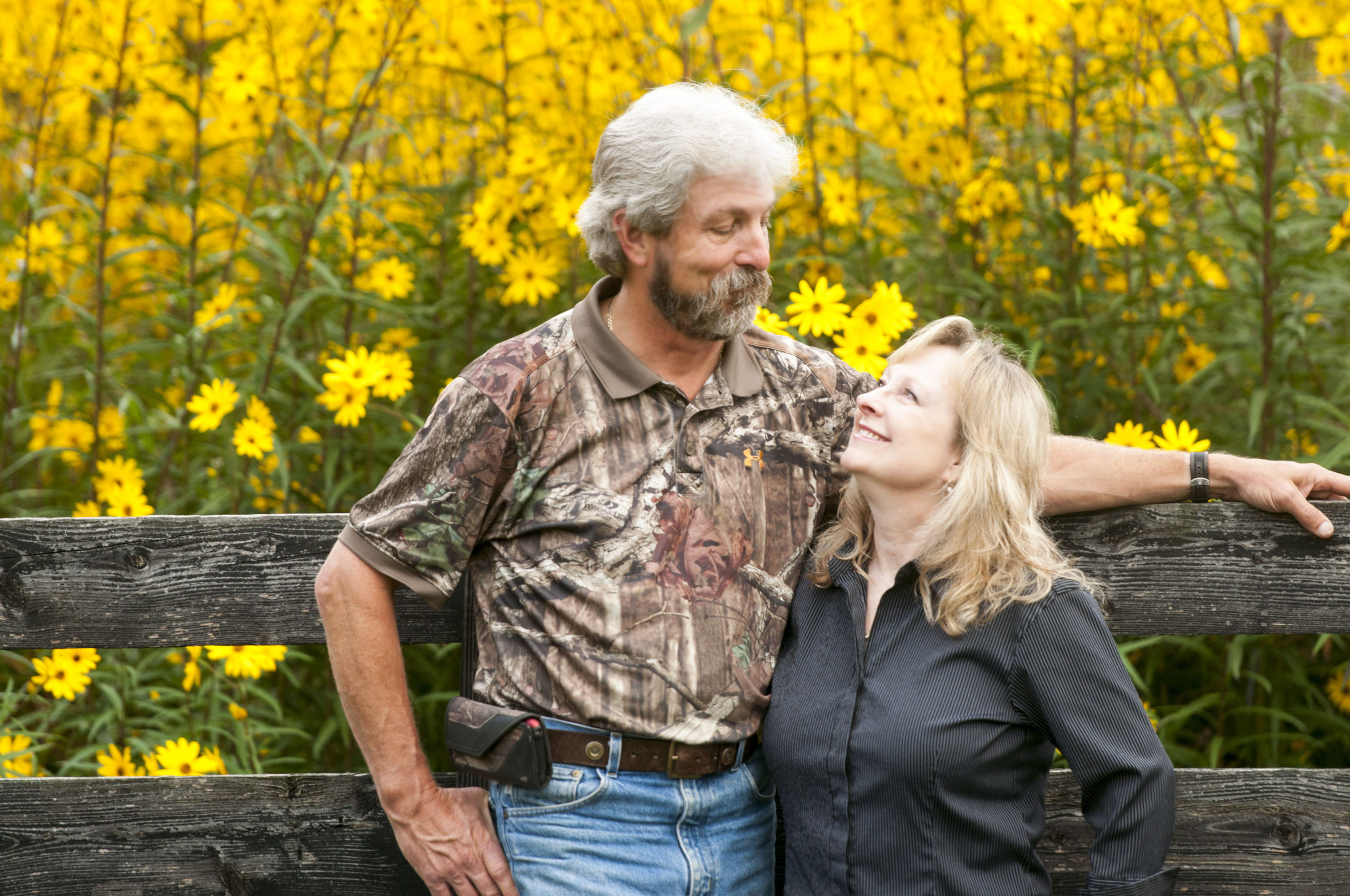Your fall garden needs beneficial insects just as much as your summer harvest.
If the beneficial insects who have made themselves at home in your garden in the summer can no longer find a hospitable habitat in your garden, they will buzz off in search of a new home, leaving your fall veggies at the mercy of pests.
Why do we need beneficial insects in the first place?
Beneficial insects are the sustainable assistants every garden needs.
From bees helping to pollinate our plants to green lacewings keeping crop-destroying aphids in check, beneficial insects allow our gardens to flourish—naturally, without the need for chemical fertilizers or pesticides.
Below are 6 flowers for attracting beneficial insects to your fall garden.
Coneflower
Coneflowers bloom between June and October, attracting predatory wasps and parasitoid flies to their tall stalks. These work great as a border to your summer and fall vegetable garden.
In order to lengthen their bloom time, you can deadhead some of the flowers in early summer; this requires removing flowerheads after they have fully bloomed. These “deadheaded” stalks will then bloom again come fall.
Learn more about growing coneflowers here.
Goldenrod
Goldenrod is a wildflower with tall yellow plumes that bloom from late summer through fall. The California goldenrod sports a bloom season from July through October while the Show goldenrod variety blooms August through October. We are fortunate to have goldenrod growing wild on our farm—it’s beautiful!
Goldenrods are a fan favorite among a number of beneficial insects like bees, beneficial wasps, syrphid & tachinid flies, and soldier beetles.
Goldenrod is also considered an herb with multiple medicinal uses. Check out this website if you want to learn more about its medicinal characteristics.
Learn more about growing goldenrod here.
Marigold
While you may associate marigolds as only annual summer blooms, in the right conditions, this warm-season plant can actually bloom through fall. For best results, plant your marigolds in August, then get ready for bright blooms come autumn. These blooms will last through the first frost, making many honey bees happy all the while.
Marigolds also go to bat against harmful pests—from below. Nematodes are harmful pests that attack the roots of crops and ornamentals. Marigolds come to the rescue by releasing a chemical from their roots that is toxic to nematode eggs.
In order to benefit from marigolds’ root superpowers, you’ll need to plant your marigolds at least two months prior to your crop and in the same garden location as your veggies. In the case of your fall and winter vegetables, you can first plant your marigolds in August; meanwhile, begin growing your fall veggies from seeds in containers before transplanting into your garden. This will allow the marigolds’ root toxin to work its nematode-disrupting magic.
Learn more about growing marigolds here.
Maximilian Sunflowers
Unlike the other flower varieties in this list, these sunflowers bloom only early to mid-autumn, making it the true star of the fall flowers. We grow maximilians here at the farm. Our blooms come out in October and bloom until the first hard frost.
Besides bees, maximilian sunflowers attract lacewings, lady beetles, syrphid flies and parasitic wasps.
Read more about Maximilian Sunflowers here.
Yarrow
Yarrow’s colorful blooms provide nectar and pollen to a whole menagerie of beneficial insects, like big-eyed bugs, brown and green lacewings, damsel bugs, hoverflies, minute pirate bugs, predatory wasps, and more.
Yarrow is a hardy perennial that’s pest and drought-resistant, making it a great option for beginning gardeners who are still developing their green thumb. Beware, though, it’s hardiness can also give way to invasiveness—you’ll need to keep an eye out on this one.
Yarrow will bloom into mid-fall before the first frost. You should also deadhead this flower to encourage later blooms.
Read more about growing yarrow here.
Zinnias
Zinnias are another summer annual that can actually bloom well into fall, right up until the first hard frost. These pom-pom blooms make for gorgeous cuttings, bringing a burst of happy into any space.
Zinnias are popular with the bee crowd, attracting honey bees, bumble bees, and several types of solitary bees who are after the flowers’ sweet nectar and pollen.
Learn more about growing zinnias here.


